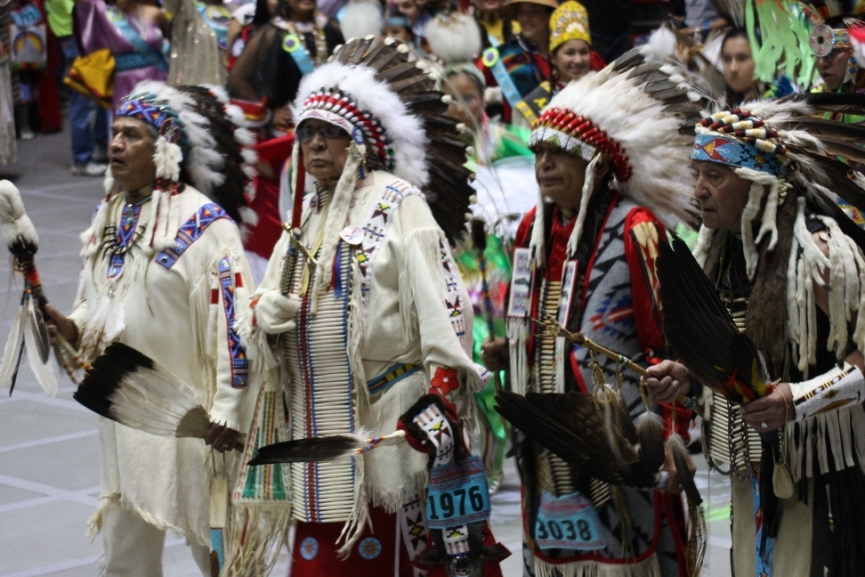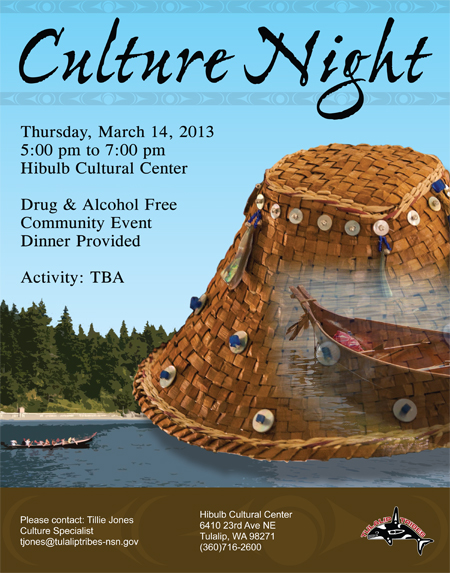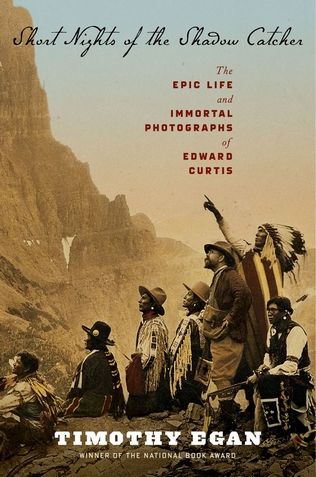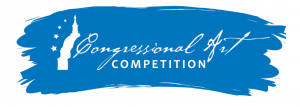Source: Indian Country Today Media Network
“Don’t be silent. Vote for an oil-free coast.”
That’s the kicker of this two-minute commercial that began airing on the March 24th anniversary of the Exxon Valdez oil spill, which happened off Alaska in 1989. Released by Coastal First Nations, an alliance of aboriginals along British Columbia’s north and central coasts as well as Haida Gwaii, the two-minute video is backed by the song of legendary musician Paul Simon, ‘Sound of Silence.’
“It’s an honor to use Paul Simon’s famous song, ‘The Sound of Silence,’ to help remind British Columbians of the danger of oil tankers,” said Art Sterritt, the group’s executive director, in a statement. “An oil spill is the sound of silence. It silences communities, it silences cultures and it silences wildlife. That’s what we’ll have in B.C. if Enbridge’s Northern Gateway Pipeline project is approved: A silent coast.”
The spot is airing on British Columbia television stations as well as social media, Coastal First Nations said in the statement. Simon granted use of his classic hit song for a “small honorarium,” the group said.
Among the First Nations in the group are Wuikinuxv Nation, Heiltsuk, Kitasoo/Xaixais, Nuxalk Nation, Gitga’at, Metlakatla, Old Massett, Skidegate, and Council of the Haida Nation, the group said on its website.
“We thought it was appropriate to release the commercial on the 24th anniversary of the Exxon Valdez oil spill in Alaska,” said Sterritt in the group’s statement. “The Coastal First Nations have banned oil tankers from our traditional territories in the Great Bear Rainforest, and we have invested more than $300 million dollars over the past decade to establish a sustainable economy on the coast.”
The song sounds all the more bleak when heard against the scenes of oil-soaked birds and marine life that flash by, footage from the Exxon Valdez spill. It is juxtaposed with the audio of Captain Joseph Hazelwood, the commander of the vessel of the time, notifiying his superiors that “we are leaking some oil.”
“A lot of people don’t realize that taxpayers will be left paying upwards of $21.4 billion dollars if there’s a spill,” Sterritt said. “Each tanker is owned and operated by a small holding company to limit financial liability. Taxpayers are left holding the bag, and our communities are left with a permanently polluted environment.”
Read more at http://indiancountrytodaymedianetwork.com/2013/03/31/paul-simons-sound-silence-backs-anti-tanker-cautionary-video-anniversary-exxon-valdez-oil














 Congressman Rick Larsen
Everett Office
2930 Wetmore Avenue, Suite 9F
Congressman Rick Larsen
Everett Office
2930 Wetmore Avenue, Suite 9F